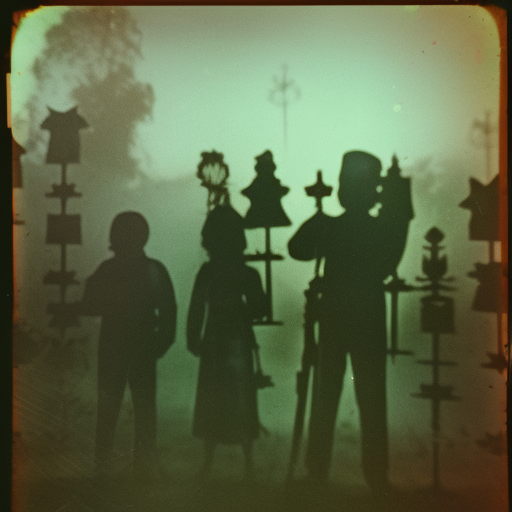Summary:
The Day of the Dead Exhibit is a cultural event that celebrates the Mexican holiday known as Dia de los Muertos. It showcases various aspects of this tradition, including altars, artwork, and performances. The exhibit provides a unique opportunity for people to learn about and appreciate the rich cultural heritage of Mexico.
Introduction:
The Day of the Dead, or Dia de los Muertos, is a vibrant and colorful holiday celebrated in Mexico and other parts of Latin America. It is a time to honor and remember deceased loved ones, with a belief that their spirits return to the world of the living for a brief period. The Day of the Dead Exhibit aims to educate and engage visitors in this rich cultural tradition.
Altars:
One of the main highlights of the Day of the Dead Exhibit is the display of altars, or ofrendas, which are created to welcome and honor the spirits of the departed. These altars are typically adorned with photographs, favorite foods and drinks of the deceased, marigold flowers, candles, and other symbolic items. Each altar tells a unique story and offers a glimpse into the lives and personalities of those being remembered.
Artwork:
The exhibit also features a wide array of artwork related to the Day of the Dead. This includes traditional paintings, sculptures, and mixed-media pieces that capture the vibrant and festive spirit of the holiday. Many of these artworks depict skeletons, known as calacas or calaveras, engaged in various activities, often with a touch of humor. The artwork serves as a visual representation of the celebration and helps to convey the deeper meaning behind the holiday.
Performances:
In addition to the visual displays, the Day of the Dead Exhibit often includes live performances that showcase traditional music, dance, and theater. These performances provide a dynamic and immersive experience for visitors, allowing them to witness the cultural traditions in action. From lively mariachi bands to colorful folk dances, the performances add an extra layer of excitement and entertainment to the exhibit.
Education and Cultural Exchange:
The Day of the Dead Exhibit is not only a celebration of Mexican culture but also an opportunity for education and cultural exchange. Visitors can learn about the history and significance of the holiday through informational panels and guided tours. They can also participate in workshops where they can create their own Day of the Dead-inspired crafts and artwork. The exhibit fosters a sense of appreciation and understanding for a tradition that is often misunderstood or misrepresented.
Community Involvement:
The Day of the Dead Exhibit often involves the participation of the local community. Families and individuals are encouraged to contribute to the altars by bringing photographs and mementos of their loved ones. This creates a sense of collective remembrance and allows visitors to connect with the personal stories behind the altars. The exhibit also collaborates with local artists, performers, and organizations to showcase the diverse talents and cultural heritage of the community.
Conclusion:
The Day of the Dead Exhibit is a cultural event that celebrates the Mexican holiday of Dia de los Muertos. Through the display of altars, artwork, and performances, it provides a comprehensive and immersive experience for visitors to learn about and appreciate this rich cultural tradition. The exhibit fosters education, cultural exchange, and community involvement, making it a valuable and enriching experience for all who attend.












